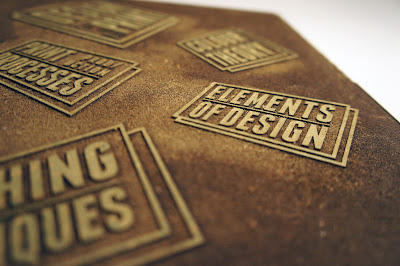Creating a social hype /
Due to the nature of the business and the nature of society, everyone usually finds the web presence there first point of investigation when it comes to find out information about something unknown.
Twitter is one of the biggest social networking sites that people use to predominately follow icons...As a building of contacts I began following, butchers, locally sourced etc...
I wanted the theme of contemporary and traditional carried through to my twitter page, using the wooden header brought the logo out and the orange was clearly visible when viewed as a smaller image. As you scroll down the twitter page, which would be filled with weekly deals, you'd constantly see the mutton quad logo and cutlery set on the left hand side...as you can see in the second screenshot below.
Web development...
Developing the background/ Introductory page to my website - I decided against using just the main logo on its own, because without the cutlery it didn't really have enough significance of a restaurant but I really feel the knife and fork emphasise the shape of the badge, which now looks like it bares some resemblance to a dinner plate.
Applying the full bleed background image...
Coding...
Favicon...
Design development / Web development...






















































